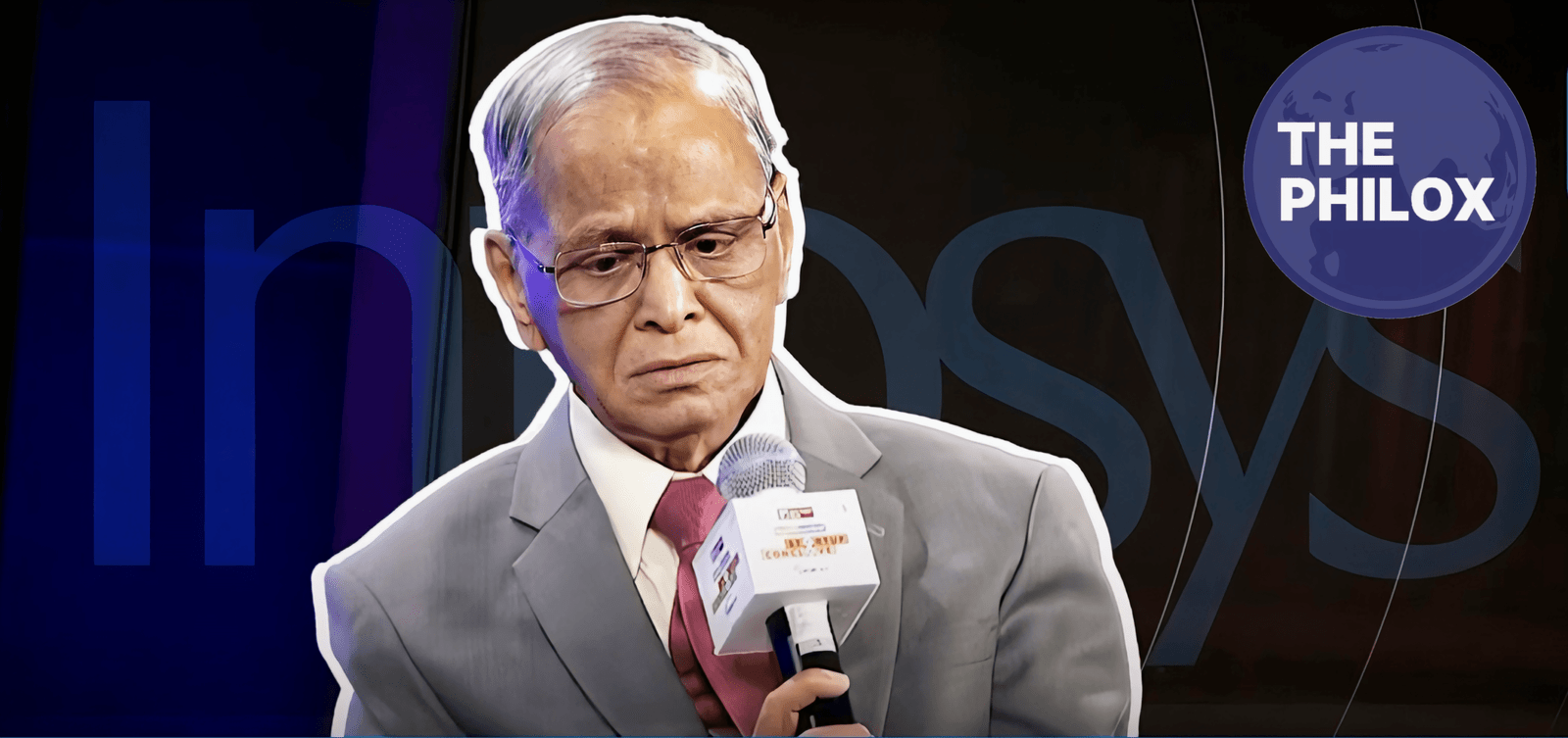UltraTech Cement, India’s largest cement player, has recently faced a series of significant financial setbacks. The company’s consolidated net profit plummeted 36% year-over-year to ₹8.2 billion in the second quarter of the current financial year, missing analysts’ expectations of ₹10.53 billion.
This decline underlines the multiple headwinds facing the company-from weak demand and falling prices to increased operational costs and competitive pressures.
This article provides a comprehensive analysis of the main causes that have led to UltraTech’s performance and comparisons with its peers while the outlook for potential recovery is presented.
Overview of UltraTech’s Financial Performance
UltraTech’s Q2 results indicate a sharp bunch of problems under which profit fell because of market and operating issues. Its revenue also began to feel the pinch at industry prices slumping to their lowest level since five years back.
The situation is more emblematic of bigger issues in India’s cement industry, wherein rising costs are straining and the demand has got softer.
The EBITDA margin of the company has declined dramatically, thereby affecting its profitability. Analysts claim that UltraTech has a strong market share, but financial performance is partly due to the external pressures as well as strategic decisions, which include big capital expenditure plans.
Critical Factors Behind UltraTech’s Issues
1. Cement Price Decline
A major factor for the fall of UltraTech was due to a sharp slump in cement prices. Overcapacity coupled with subdued demand across the entire industry meant there was an oversupply situation. The reversal in prices caused a sharp landslide to the lowest level in five years, impacting revenue on the negative side.
UltraTech, being the market leader, was more adversely affected by such trends in prices. Even though the company is big in scale and operates efficiently, it was still forced to decrease prices in consonance with the market, thus eating into its margins.
This is a challenge that the cement industry is facing in general as price sensitivity and competition have intensified in recent years.
2. Weak Demand
Demand for cement was negatively impacted during the quarter as excessive monsoon rains prolonged their stay in many regions, delaying construction work.
The uncertainty of elections still lingers over the heads, and this itself created an unfavorable wind for the infrastructure and real estate sectors, causing demand fallout.
UltraTech’s performance could be seen, as contracted demand led to lower volumes and lesser revenues for the company. The construction sector is usually seasonal and cyclical in nature, and the same happened this quarter also.
3. Higher Costs
Increased spends on costs mainly affected the net profits of UltraTech in the quarter. Its expansion efforts for adding capacities added increased depreciation cost factors. Operational expense spikes in input-related costs, such as raw materials, were due to increased prices resulting from inflation.
While UltraTech size often allows the company to wring cost economies, the broad impact of spiraling costs against falling prices has been too tough to handle.
It was noted analysts that the current cost structure that the company continues to face is indeed under pressure arising from balancing acute short-term considerations with long term growth investments
4. Competition Market Dynamics
Increased competition in the Indian cement industry due to expansion in capacities by multiple players and aggressive pricing has been eroding UltraTech’s pricing power, and thus, the company has had to operate on narrower margins.
The company’s competitors, such as ACC Ltd., have also been going through similar experiences. Decline in profits due to weak demand and low prices has been reported as the main reason.
However, UltraTech is more susceptible to competitive pressures due to its leadership position in the market because it has to maintain its market share despite facing these challenges.
5. Capital Expenditure Plans
UltraTech has announced a capital expenditure plan of ₹12,000 crore. The company wants to increase its production capacity and gain a strong hold in the industry.
However, huge investments always mean short-term financial trade-offs like higher depreciation costs and increased debt levels.
Although the expansion comes in line with UltraTech’s strategic vision, it has weighed upon the books of the company during an era of subdued profitability.
Experts have stated that proper execution coupled with cost discipline will be very much required in order to ensure that all these investments lead to long-term benefits rather than short-term concerns.
Comparison with Competitors
UltraTech does not stand out as other cement makers in India too face similar vagaries. For instance, ACC Ltd. recently attributed weak demand and falling prices as the reason for its decline in profits.
Both the companies point to more or less external conditions that led to their performance-Indian monsoon rains as the pretext for ACC Ltd. and election-related disruptions in the case of UltraTech.
However, UltraTech’s scale and market leadership position give it a distinct advantage in navigating these challenges. The company’s ability to leverage its size and operational efficiency may enable it to recover more effectively than smaller players, provided market conditions improve.
Financial Trends and Data Visualization
To illustrate the trends impacting UltraTech, consider the following key data points:
1. Cement Prices: Had been falling continuously for the past five quarters and bottomed out in Q2 at five-year lows.
2. Demand Fluctuations: Well-defined downtrend during monsoon months from the volume data of the industry.
3. Profitability Indicators: EBITDA margins contracting and cost ratios up.
(Bar graphs or statistics which illustrate these trends for better clarity and perspective)
UltraTech Cement Outlook
Despite the tough Q2, there seems to be a reason to feel cautiously optimistic about UltraTech’s future. UltraTech has given a hint that cement prices are going to improve from October, with recovery in seasonal demand and market stabilization.
The other positive drivers for long-term demand come from the overall economic growth trajectory and infrastructure development plans in India. UltraTech’s capacity expansion efforts position it well to take advantage of these opportunities, provided it can manage its cost structure effectively.
Risks include the possibility of delay in demand recovery and continued competitive pressures. Success will depend on the company’s ability to navigate these challenges while delivering on its growth ambitions.
The Q2 performance of UltraTech Cement reflects multi-dimensional challenges that the Indian cement industry is now facing. This includes falling prices, weak demand, the hardening cost, and competitive pressure.
While strategic investments in capacity expansion may provide long-term growth potential, it is short-term financial pressures on the company, which needs to be addressed, to maintain market leadership.
The coming quarters will decide whether UltraTech can use these strengths to their fullest potential to navigate the challenges thrown and capitalize on emerging opportunities in construction and infrastructure sectors.
When the market situation is expected to improve in the near future, adaptability and execution will define recovery and subsequent success for this company.
Stay Connected and Share Your Stories
For all those inspired by stories of resilience and ambition, follow us on X/Twitter and on Instagram . For those with untold stories that you would love to share, please send them to contact@thephilox.com





One thought on “UltraTech Cement Struggles with Losses Due to Rising Costs and Demand Decline”